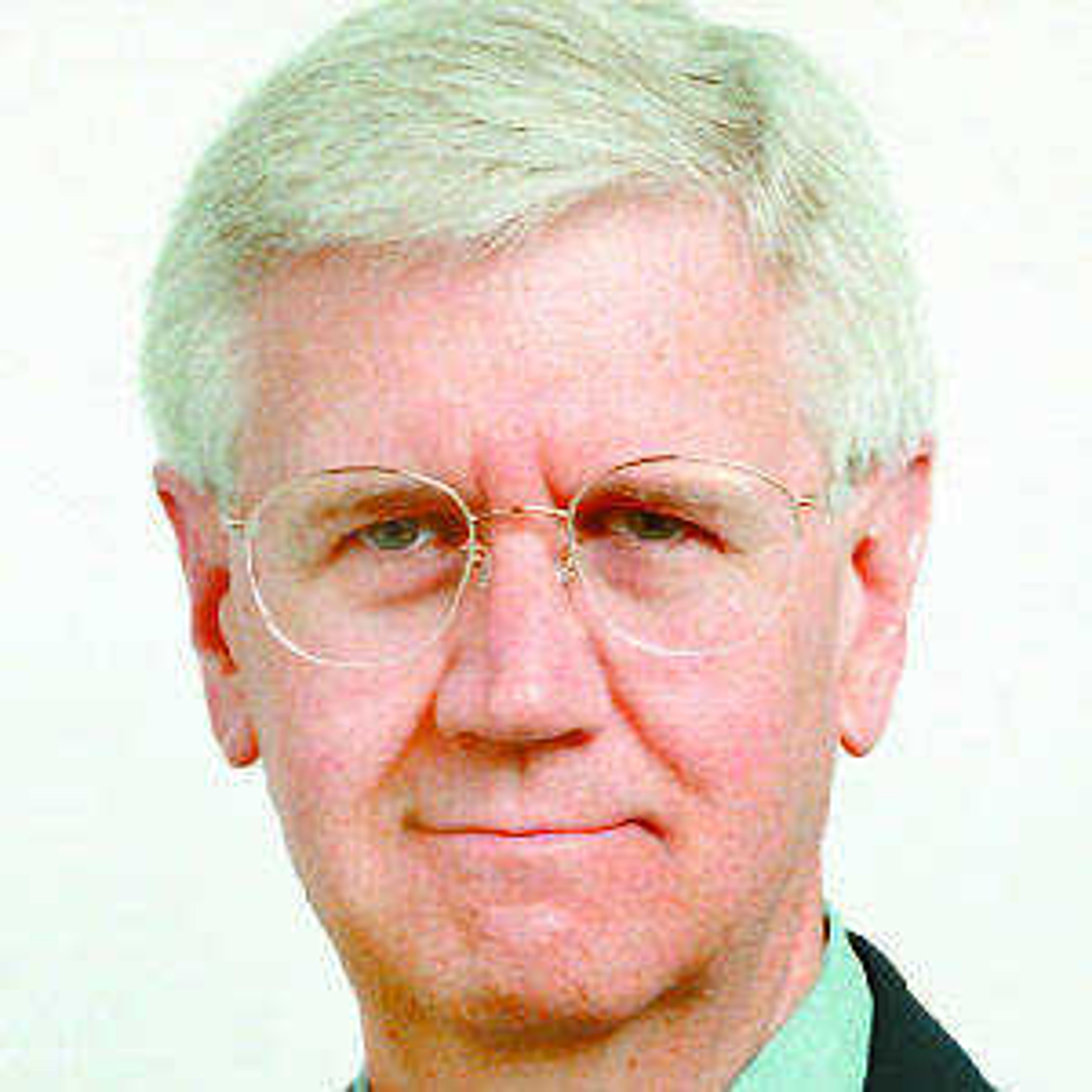Where there's a will ... any mother knows that
Before my mother died a few years ago, I would ask her about growing up during the Great Depression in the Ozark hills over yonder. It wasn't until I was an adult that I realized, while my wife and I raised our own family, how difficult it must have been in the 1930s...
Before my mother died a few years ago, I would ask her about growing up during the Great Depression in the Ozark hills over yonder.
It wasn't until I was an adult that I realized, while my wife and I raised our own family, how difficult it must have been in the 1930s.
My grandfather, my mother's father, died in a hunting accident when my mother was just 3 years old. She had a brother (oldest of the siblings), three older sisters and one younger sister.
They lived in a rocky hollow where timber in the woods provided a bit of cash income. A couple of years before my mother died, she told us how the family made a little extra hard cash. I had asked, because I had never heard of my grandfather's having held a job. Turns out he was the barber for most of the men on Brushy Creek valley, particularly those who didn't have wives with scissors in their sewing kits.
In addition, my mother and her siblings roamed the hills around their home place looking for roots and herbs that went into popular patent medicines of the day. They mailed their "harvest" to a company in Chicago, which, in turn, sent back cash payment for ginseng, sassafras and other wild things -- some of which have real medicinal value. My mother said occasionally the payments would be "over a dollar."
That's how my grandmother became a mason -- on a very limited basis, mind you. But her handiwork is still visible at the falling down home place wedged between two steep hills. And in the courtyard of our house.
Let me explain.
My grandmother, who died at a young age four years before I was born, was a woman with a keen sense of values, which she passed along to her children and, it turns out, to her grandchildren, most of whom never knew her in real life.
My grandmother also had something of an artistic bent. Call it a cross between art and architecture. She decided, for instance, that the front porch of her four-room house needed a facelift. So she built a fieldstone wall -- heaven knows the rocks were handy -- around the front and side edges of the porch.
My grandmother also needed a cellar, so she built one into the hillside behind the house. The kids collected large blocks of limestone, also quite handy, and the blocks were laid, with mortar, in the style of a vaulted-room arch, giving the family a storage place with a fairly constant temperature year around for canned goods and who knows what else.
Both the front porch and the cellar have what I would describe as a simple beauty, especially when you consider that the blueprints for both projects were figments of my grandmother's imagination.
My favorite part of this story has to do with the mortar used in both projects. When the cellar was being built, wild plums were ripening on Brushy Creek valley. While the children hauled the sandstone blocks to the cellar site, they ate some of the wild plums. And they spit the seeds into the mortar while it was being mixed. Not too many years ago, we -- my wife, older son, mother and I -- visited the home place. I had never heard of the cellar, didn't even know it existed. But older son managed to loosen one of the blocks of stone and carry it to our car. One side still has the mortar attached. And there is a plum pit, plain as day.
When my mother saw the plum pit in the mortar, she poured out the story of how the cellar came about. It was part of the family history none of us would have never known to ask about.
So -- and here's the big question -- where did my grandmother get the money, the cash, to buy mortar to mix for the front porch and cellar? That's when my mother told us about tramping through the woods looking for weeds and shrubs and roots to be mailed off to Chicago.
Mothers. What incredible individuals they are.
The sandstone block from the cellar, by the way, is now part of the massive collection of rocks that have been piled up to form the fountain in our courtyard. We call it Joe's Folly. The mortar and plum pit are right there for everyone to see.
We see it every time we go into the courtyard.
Which means just about every day is Mother's Day for us.
Joe Sullivan is the retired editor of the Southeast Missourian.
Connect with the Southeast Missourian Newsroom:
For corrections to this story or other insights for the editor, click here. To submit a letter to the editor, click here. To learn about the Southeast Missourian’s AI Policy, click here.










